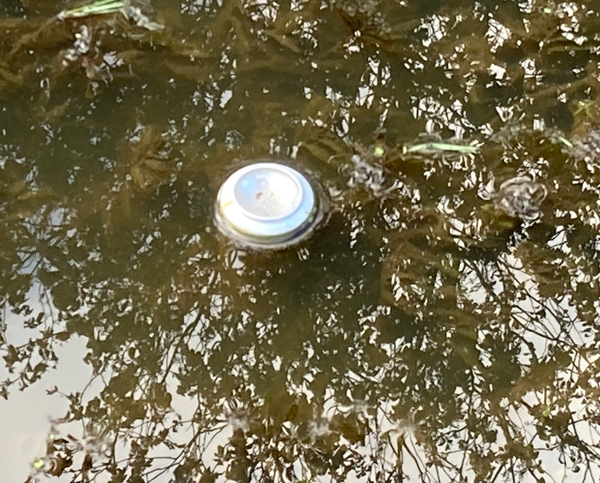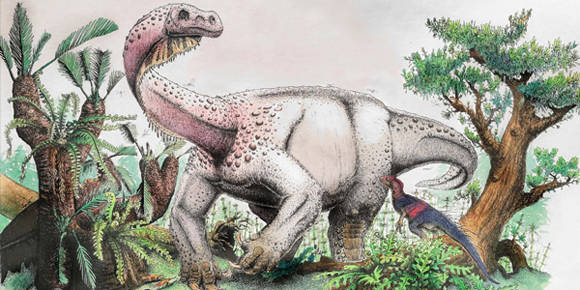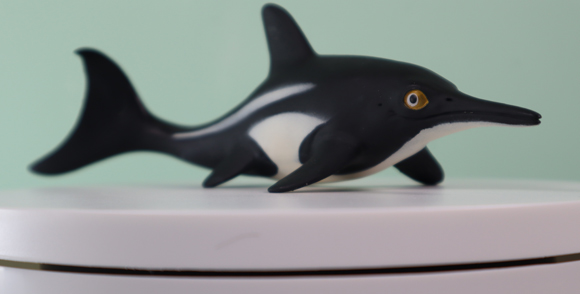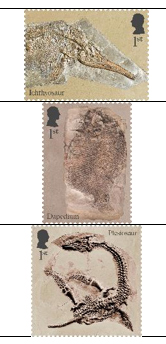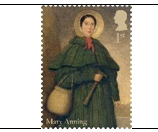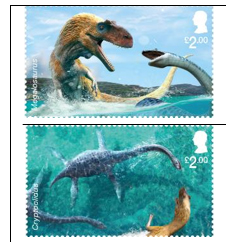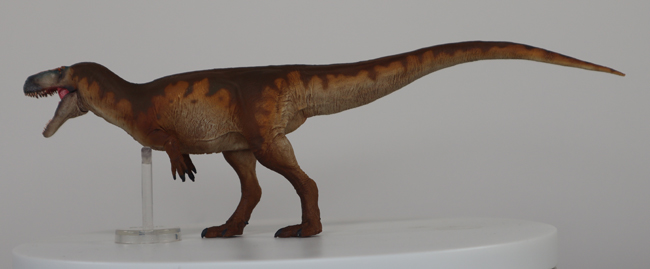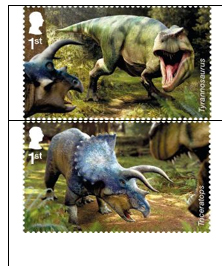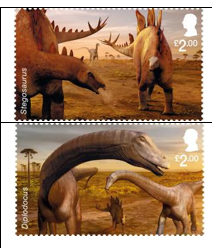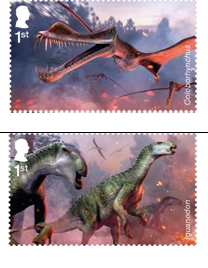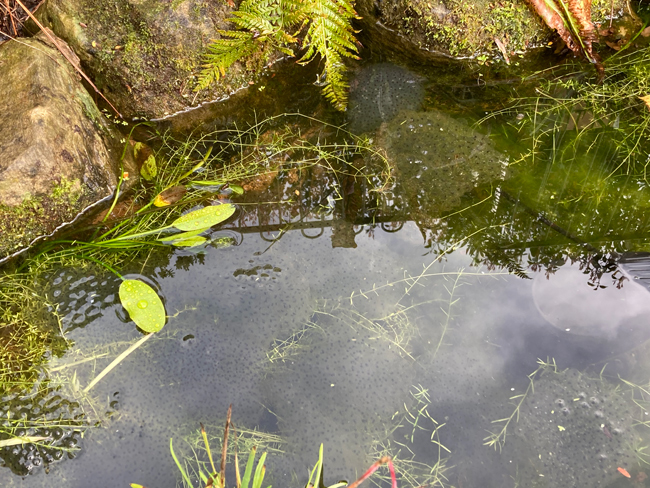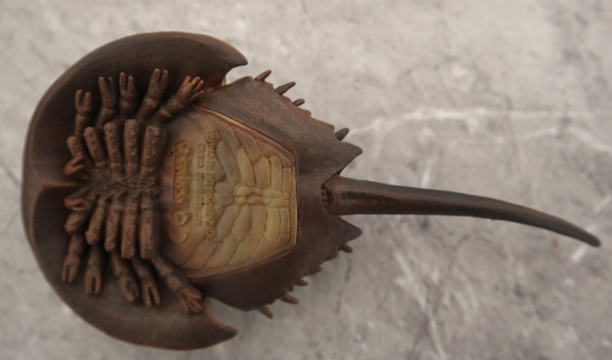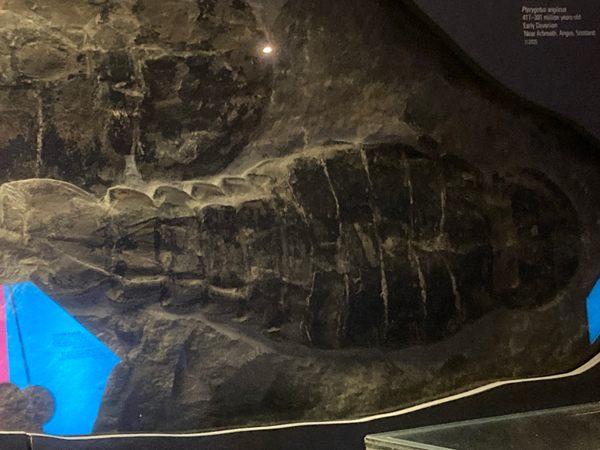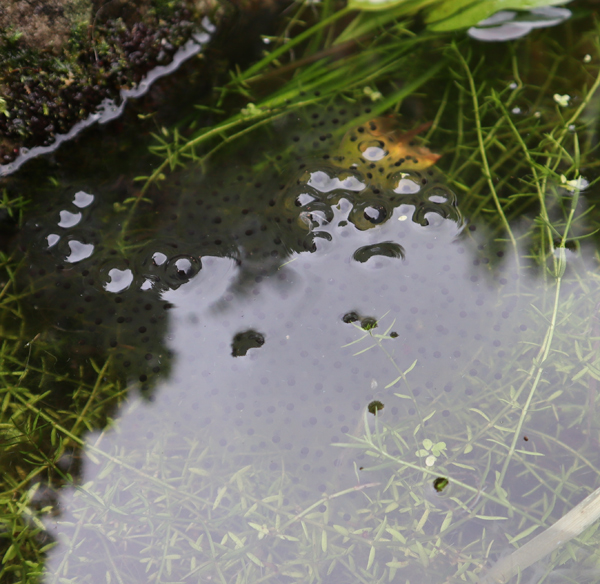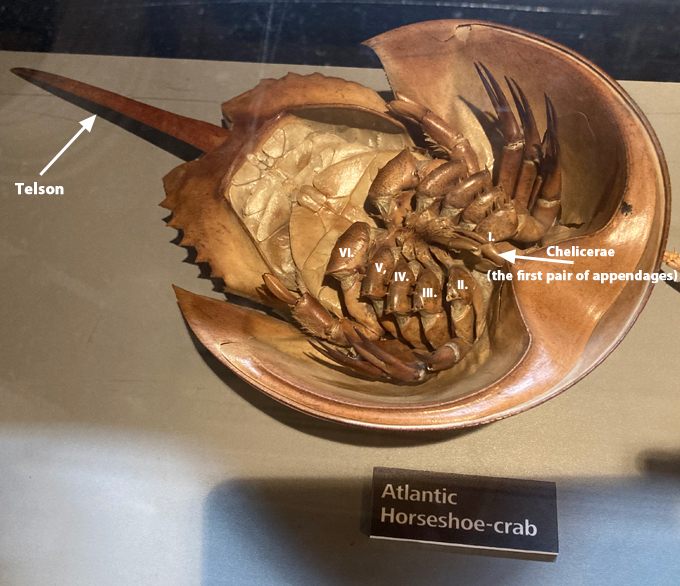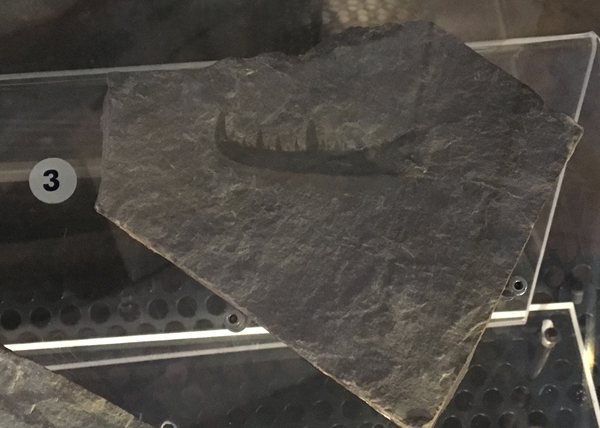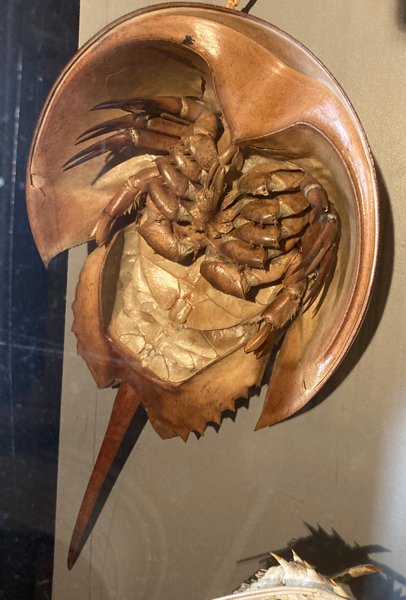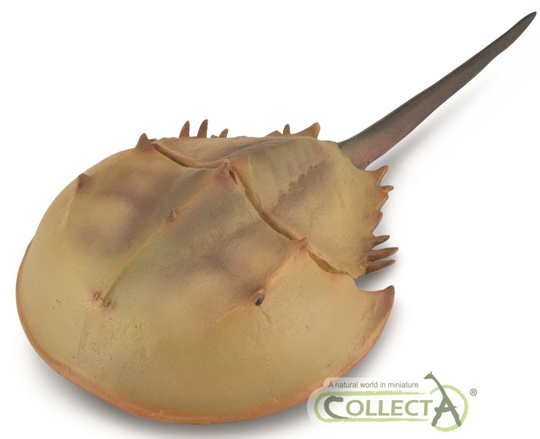Everything Dinosaur’s work with schools and other educational bodies. Articles, features and stories about dinosaurs and their role in education and educating young people.
A Colourful Stegosaurus at Quince Tree Day Nursery
At Everything Dinosaur, we get sent lots of pictures, photographs and artwork from dinosaur fans. The budding young palaeontologists at Quince Tree Day Nursery (Essex), created a colourful classroom Stegosaurus and they were eager to show our dinosaur experts their armoured dinosaur illustration. The Stegosaurus seems quite happy in its forest home. As a plant-eater it would certainly have enough food to eat. This Jurassic giant probably spent most of its time eating. A fully-grown Stegosaurus was around nine metres long and it loved its greens. Our dinosaur experts estimate that this herbivore would have eaten around ten kilograms of plants every day!

The children and teachers at Quince Tree Day Nursery in Essex have created a super Stegosaurus. The nursery recently rated as “Outstanding” by Ofsted, have placed their Stegosaurus in a forest, We are sure this plant-eater will be happy with so many plants to eat. Picture credit: Quince Tree Day Nursery.
Picture credit: Quince Tree Day Nursery
Dinosaur Artwork on Display at Quince Tree Day Nursery
The children and teachers at the day nursery have added plates to the back of their Stegosaurus. In addition, the dinosaur has plates on his neck and around his head. Quince Tree Day Nursery provides care for children from six weeks to five years of age. The dedicated staff work hard to create a supportive and nurturing environment for the children. Many youngsters obsess on the Dinosauria, and we often amazed by their knowledge when we get to meet them.
A recent Ofsted inspection of Quince Tree Day Nursery (January 2024) rated this nursery as “Outstanding”.
Stegosaurus lived in the Late Jurassic. The world looked very different compared to today. For example, flowering plants had probably not evolved. However, Stegosaurus would have eaten plants that you can still see today, plants like horsetails.

Stegosaurus lived in a world with very few (if any) flowers. It munched on horsetails and other plants. Horsetails (Equisetum) continue to thrive as they are able to grow in areas where other plants would find it difficult to get a foothold. Often regarded as weeds, these tough little plants are essentially living fossils as the earliest examples of the genus Equisetum date from the Early Jurassic of South America. Picture credit: Everything Dinosaur.
Picture credit: Everything Dinosaur
A spokesperson from Everything Dinosaur congratulated the teachers and children at the nursery for the stunning Stegosaurus artwork.
Our thanks to Rachael for sending into us the delightful photograph.
For a further information on Stegosaurus and free Stegosaurus drawing materials: Contact Everything Dinosaur.


